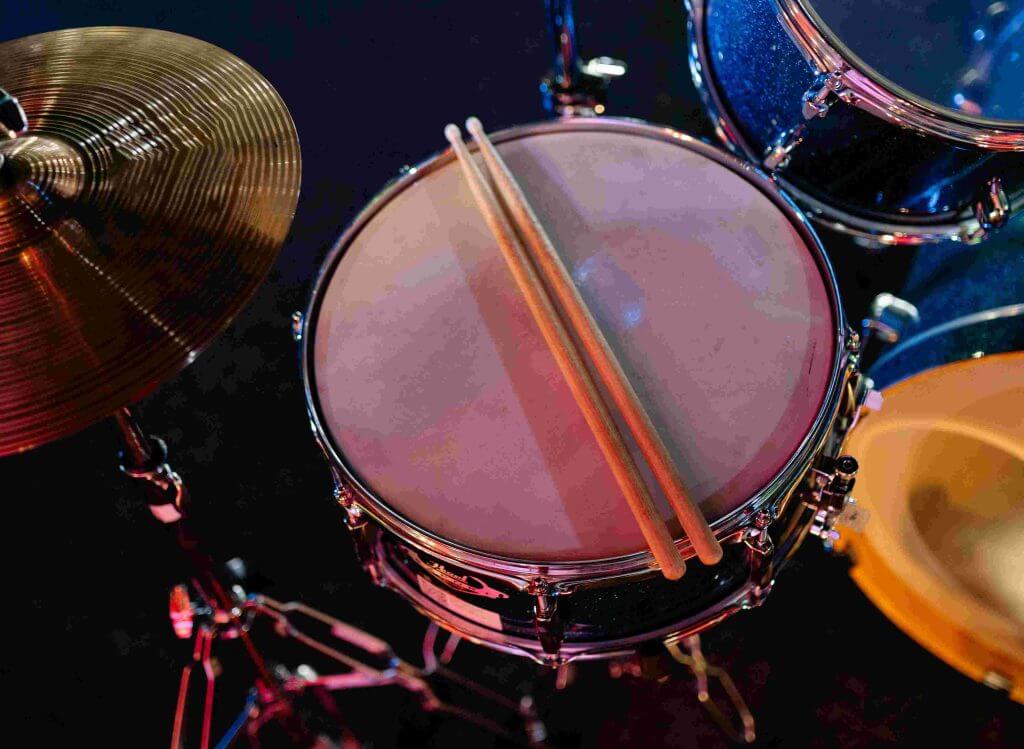
Music is a universal language, and behind every note, melody, and harmony lies the fascinating science of sound. Every musical instrument, whether a grand piano or a simple drum, produces sound through vibrations that travel through the air, creating different tones. This article delves into the science of how musical instruments produce these distinct tones, breaking down the mechanics, physics, and principles that give each instrument its unique voice.
Understanding Sound Waves
Before exploring how instruments produce different tones, it’s essential to understand what sound is. Sound is a type of energy made by vibrations. When an object vibrates, it pushes the air molecules around it, creating waves. These sound waves travel through the air (or other mediums like water or solid materials) and eventually reach our ears, where they are interpreted as sound by our brains.
Key Characteristics of Sound Waves:
Frequency (Pitch): The frequency of a sound wave is the number of vibrations or cycles per second, measured in Hertz (Hz). Higher frequencies produce higher-pitched sounds, while lower frequencies produce lower-pitched sounds.
Amplitude (Volume): The amplitude of a sound wave is the height of the wave, which determines the volume or loudness of the sound. Larger amplitudes result in louder sounds, while smaller amplitudes create softer sounds.
Timbre (Tone Quality): Timbre, also known as tone color or quality, is what distinguishes one instrument from another, even when they play the same note. It results from the complex combination of frequencies, harmonics, and the unique characteristics of the instrument.
Now, let’s explore how different families of instruments produce sound and manipulate these wave properties to create distinct tones.
How String Instruments Produce Sound
String instruments, such as guitars, violins, and pianos, produce sound through the vibration of strings. The pitch and tone of the sound are influenced by several factors, including string tension, length, thickness, and the material of the strings.
Mechanics of Sound in String Instruments:
Vibration of Strings: When a string is plucked, bowed, or struck, it vibrates and creates sound waves. The faster the vibration (higher frequency), the higher the pitch.
Resonance and Amplification: The body of the instrument, often made of wood, acts as a resonating chamber, amplifying the sound. For example, the hollow body of an acoustic guitar allows the sound to resonate, producing a fuller tone.
Changing Pitch: String instruments allow musicians to change pitch by adjusting string tension or altering the length of the vibrating portion of the string. Frets or finger placement on the neck shorten or lengthen the vibrating part of the string, thereby changing the pitch.
Example: Violin

In a violin, the bow causes the strings to vibrate, and the body of the violin amplifies the sound. The sound’s pitch is determined by the length and tension of the string. Shorter, tighter strings produce higher pitches, while longer, looser strings produce lower tones.
How Wind Instruments Produce Sound
Wind instruments, such as flutes, clarinets, and trumpets, create sound when air is blown through a tube, causing the air column inside to vibrate. The length of the air column and the way the air is manipulated determine the pitch and tone of the sound.
Mechanics of Sound in Wind Instruments:
Vibrating Air Column: In wind instruments, sound is produced when air is blown across a mouthpiece or reed, causing the air inside the instrument to vibrate. The speed and pressure of the air, along with the length of the air column, determine the frequency and pitch of the sound.
Pitch Control: Musicians change the pitch by altering the length of the vibrating air column. This can be done by pressing keys (in instruments like the saxophone or flute) or by adjusting lip tension and air pressure (in brass instruments like the trumpet).
Resonance: Like string instruments, wind instruments have resonating chambers (the body of the instrument) that amplify the sound. The shape and material of the instrument also influence the timbre.
Example: Flute

In a flute, the musician blows air across the mouthpiece, causing the air column inside to vibrate. The pitch is changed by opening or closing holes along the flute’s body, which changes the length of the vibrating air column. The timbre of a flute is often described as light and airy due to its smooth, cylindrical shape and metal body.
How Percussion Instruments Produce Sound
Percussion instruments, such as drums, cymbals, and xylophones, produce sound through striking, shaking, or scraping. The vibration of the surface or material being struck creates sound waves, and the pitch and tone vary based on the instrument’s size, material, and shape.
Mechanics of Sound in Percussion Instruments:
Vibrating Surfaces: In percussion instruments, sound is created when a surface (such as a drumhead or metal plate) vibrates after being struck. These vibrations generate sound waves that travel through the air.
Pitch and Tone: The pitch of a percussion instrument depends on factors such as the size and tension of the vibrating surface. For example, tighter drumheads produce higher-pitched sounds, while looser drumheads produce lower tones. Additionally, the material and shape of the instrument affect its timbre.
Resonance and Duration: Percussion instruments may have resonating chambers that amplify the sound. Instruments like timpani or xylophones have carefully designed resonators that enhance the sound, while others, like snare drums, rely on the vibrating surface alone.
Example: Snare Drum

In a snare drum, the drumhead is struck, causing it to vibrate. The tightness of the drumhead and the presence of the snare wires underneath the drum determine the tone and timbre. The drum’s body amplifies the sound, and the snares add a distinctive “rattling” sound, giving the snare drum its characteristic sharp tone.
How Electronic Instruments Produce Sound
Electronic instruments, such as synthesizers and electric guitars, use electronic signals to generate sound. The sound is produced either through oscillators (in synthesizers) or by amplifying the vibrations of strings (in electric guitars) via pickups and amplifiers.
Mechanics of Sound in Electronic Instruments:
Electronic Signal Generation: In synthesizers, sound is created by generating electronic signals that mimic the behavior of vibrating objects. These signals are then amplified and sent through speakers.
Pickups and Amplification: In electric guitars, the strings vibrate over electromagnetic pickups, which convert the vibrations into electrical signals. These signals are amplified and manipulated to create different tones and effects.
Sound Manipulation: Electronic instruments allow for extensive manipulation of sound, such as changing the waveform, adding effects like reverb and distortion, and controlling the envelope (attack, sustain, decay, release) of the sound.
Example: Synthesizer

A synthesizer uses oscillators to generate sound waves, which can be shaped into different waveforms (sine, square, triangle, etc.). By manipulating various parameters, the synthesizer can create a vast array of tones, from simple, pure notes to complex, evolving soundscapes. The flexibility of electronic instruments makes them a favorite in modern music production.
The science of sound is at the heart of every musical instrument, with each instrument producing distinct tones through its unique way of generating and manipulating sound waves. Whether it’s the vibrating strings of a guitar, the resonating air column of a trumpet, or the electronically generated tones of a synthesizer, the principles of physics govern the sounds we hear. Understanding the mechanics behind these instruments not only deepens our appreciation for music but also enhances our ability to play, create, and innovate in the world of sound.


